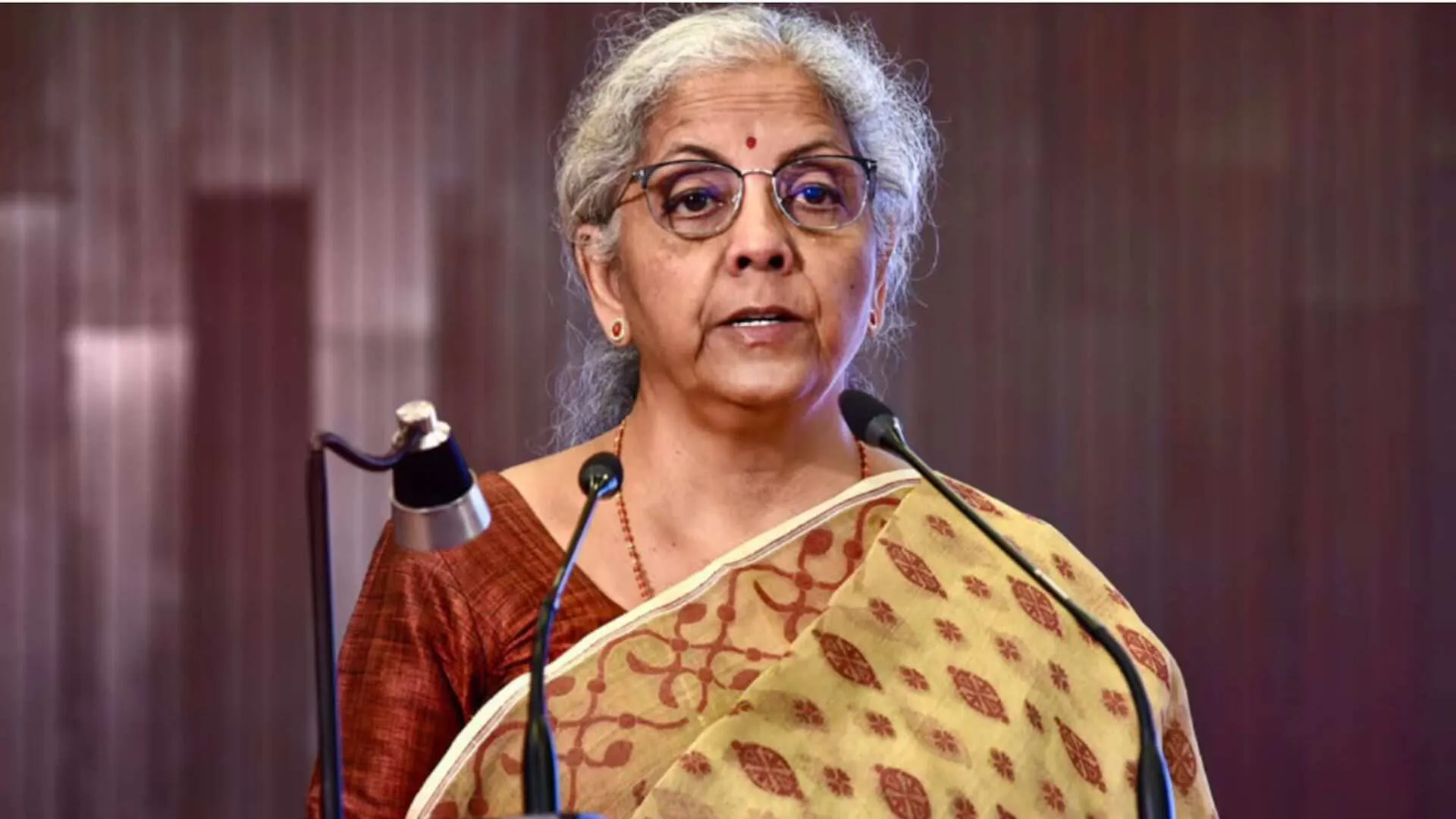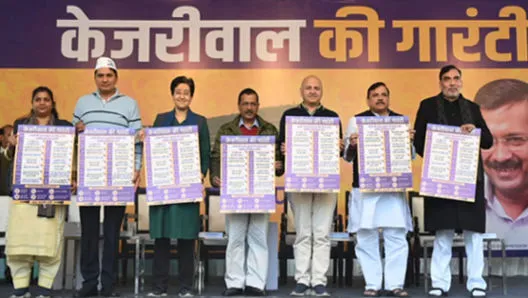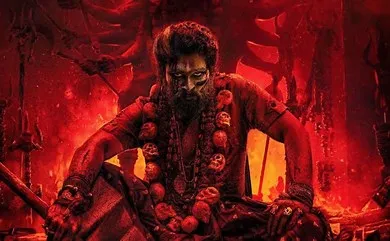Very rarely does one come across a book that takes a person back in time and makes him/ her feel enlightened. Uma Balasubramaniam’s Sayajirao Gaekwad III: The Maharaja of Baroda (Rupa, Rs 595) is one such book that recounts the story of an unsung hero who was an integral part of India’s freedom movement and the mind and arm behind the modernization of Baroda. Balasubramaniam tells The Daily Guardian more about him and, of course, the book. Excerpts:
Q. How did the idea to write this book come about?
A. Princess Ujjwalaraje Gaekwad Shah was a close friend of mine; in fact, I have been associated with the royal family of the Gaekwads since 1960. In one of my conversations with her in 2017, I expressed a desire to capture the history of the royal family of the Gaekwads. She bought into the idea and enabled me with research and thus the book was born.
Q. Tell me about the research that went into it and the timeline you had set for yourself?
A. I started the research in August 2017 after my conversation with the princess. It took me almost two years to research and bring this story to life. I visited multiple libraries and leafed through as many books on the royal family as I could lay my hands on. I spent hours in the Gujarat government archives reading through document after document and spent months studying the India office records in London to get my story together. To give my story a human edge, a personal touch, I spoke with and garnered information from people, whose relatives and ancestors had been part of the Baroda administration during the reign of Maharaja Sayajirao Gaekwad-III.
Q. How would you look at the reign of Sayajirao Gaekwad III and his role, if any, in the empowerment of women?
A. His reign can be summed up in one word—simply splendid. His reforms concerning education for women, which manifested in his opening numerous schools, colleges, and even teachers training colleges for them, apart from encouraging widow remarriage, the abolition of child marriage, and the purdah system clearly indicates his role in the empowerment of women. His queen Maharani ChimnabaiII ably assisted him in his endeavors.
Q. What’s this book all about?
A. The book not only documents how a Maratha farmer’s son became a maharaja by the invisible hand of fate but also reveals interesting details about how the “favorite son” of the British Empire found himself on the brink of being deposed by the Raj. Extensively researched and engagingly written, the book unearths secret records from the India Office in London and discloses the role played by Sayajirao in India’s fight for freedom.
Despite failing health and great personal tragedies, Sayajirao governed the state with remarkable zeal and had many firsts to his credit. As early as 1881, he opened several schools for girls and a training college for lady teachers. In 1893, he introduced free primary education for children and became the first Indian ruler to do so. He banned child marriage and untouchability and promoted inter-caste marriage and widow marriage widely.
Q. What are your future plans?
A. I would like to write about the history of the royal family of the Wadiyars of Mysore.






















